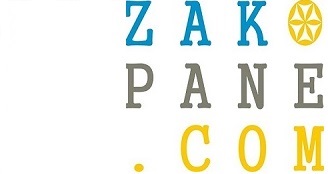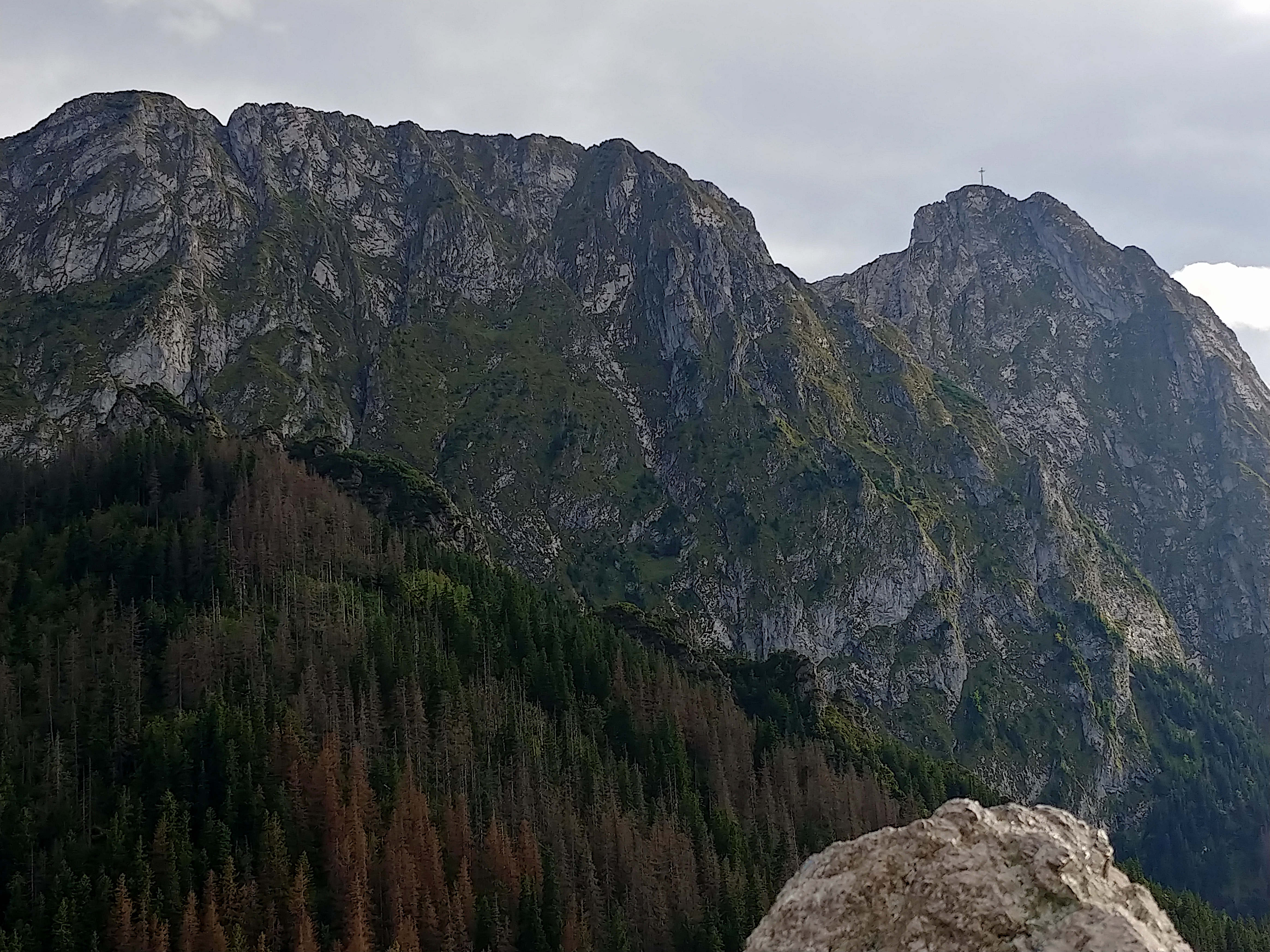The storm will not pass sideways
This year’s summer will be remembered for a long time by the inhabitants of Zakopane, but also by all who follow the events near the Tatra Mountains with attention. It’s no secret that in the summer a lot of accidents happen in the mountains, and the famous red helicopter “Sokół” (Falcon) of the Tatra Volunteer Ambulance Service flies out of the base sometimes several times a day. However, what happened on August 22 is a tragedy that has not been in the mountains for many years. A powerful storm that passed over the Tatras during the day caused the death of four people, including two children on the Polish side in the area of the peak dome of Giewont, as well as one person on the Slovak side. 157 people were injured. What happened after 1:00 p.m. in Zakopane was probably never seen here. The relentless sound of ambulance sirens, a TOPR helicopter flying back and forth in dense fog, then another that was made available by the Air Ambulance Service. All rescuers were involved in the rescue operation, a field hospital for victims was organized in Hala Kondratowa(meadow in the heart of mountains with the smallest in Tatra shelter), some people were transported to the hospital in Zakopane, others to Myslenice, Nowy Targ and Cracow. Injuries of victims were typical and serious – burns, paralysis of the limbs, temporary loss of vision, as well as fractures, head and spine injuries caused by falls.
Among the statements of people who survived the disaster and were able to talk to the media, the most popular was phrase that the storm appeared suddenly. It was beautiful weather and suddenly – a thunderbolt, bang, everyone fell, clothes fly around, we can hear crying, screaming. Giving respect and honor to the deceased, as well as their loved ones, we cannot agree with this version of events.
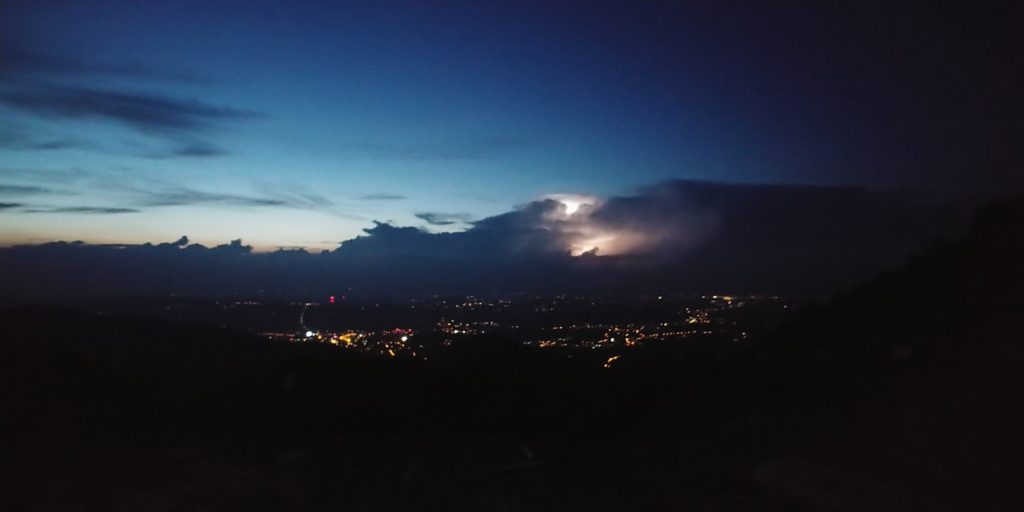
In the mountains, storm does not appear out of nowhere.
In Zakopane that day the sun was shining from the morning. But not sharp, bright but misted. Clouds formed on a large part of the sky, while the mountains were not visible, they were hidden behind a white, luminous fog. This should already give food for thought to people going to the Tatra that day. In the movies and photos from that day, taken in the morning from mountain ridges – you can simply see the sea of clouds. The image resembles a view from an airplane, only individual peaks protrude above the clouds. This is not a safe situation and it is certainly more likely that a storm will develop out of it, or at least a heavy downpour, than suddenly the clouds will drift apart and the sun will shine.
Was there really no sound, no murmur of thunder from afar, no wind rising before? Of course it was. What led to the tragedy was not the sudden appearance of a storm over the mountains, but the mass disregard of its early announcements. Could anything have been remedied, reacted earlier? Yes they could. Why did tourists not do that? We will try to analyze this fact.
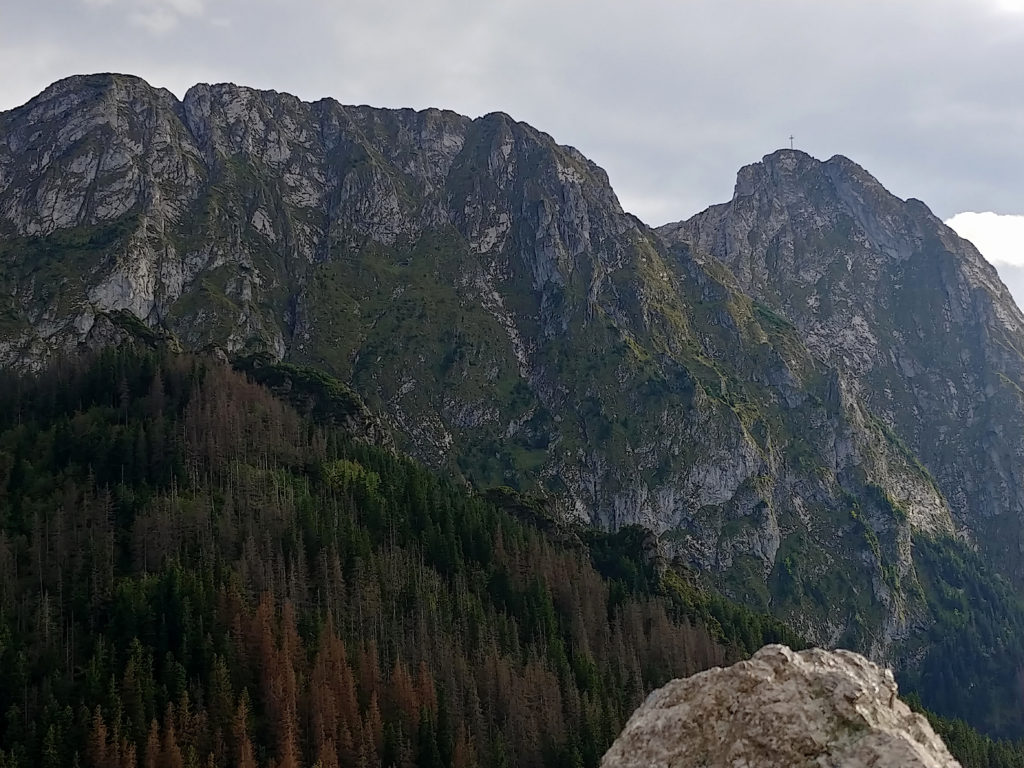
When the first thunder is heard
The only right reaction at this time is simply turning away from the summit 180 degrees, going down and starting the descent, unless you are already heading there. Not in a minute, not ten minutes, now. You don’t have to run, especially when it starts to rain. Slipping in the mountains can also have dangerous effects. If we are in the area of chains, be sure to get away from them as far as possible, do not stick to them – in the event of a lightning strike, they will first pull it to them. If we are on the ridge, let’s go down, though also with the common sense and necessarily along the trail, let’s not resort to the first gully, for example being on Orla Perc, because later we will not get out of it. And remember that although the sacrifice of TOPR rescuers is enormous, during thunderstorms, downpours, fog – they cannot, they should not take the helicopter to flight, because it is a great risk of an accident. We should have a map with us and check on it which way we will get to one of the shelters the fastest. Let’s quit calculating that we have a car left somewhere, and from somewhere it will be difficult for us to return to our place of accommodation … In a life threatening situation, and such is a storm in the mountains, it really does not matter.
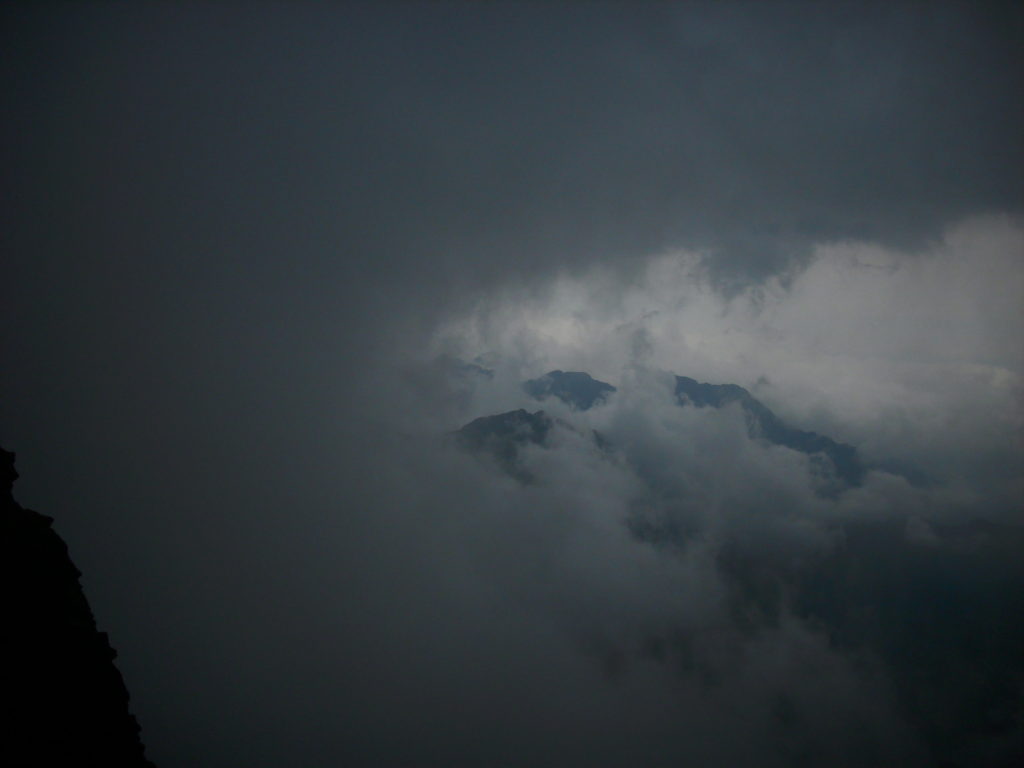
Give up ambition and don’t count the money
It does not matter whether we have already achieved our dreamed-of mountain top, whether we lack 100, or maybe only 25 meters to it. Well, we won’t get it this time, the mountains will stand in a month and in a year. It doesn’t matter how much money we spent on the trip, the accommodation and how much we want to impress our friends with a selfie with a cross from Giewont in the background – it doesn’t matter at all. If we have an accident today, it may be our last trip in life, not only to the mountains, but also anywhere.
Unfortunately, this sounds terrible, but mainly the misconceived determination of some tourists to necessarily “pass” the peak, became the cause of the tragedy. The Giewont dome is usually crowded, it is not easy to sneak around on chains, untrained tourists – those who most often besiege this peak – are afraid to let go of the chain to pass other people sideways, over the rocks. The effect was that even the more judicious people, who would like to go the shortest way, quickly react to worsening conditions – they had no chance, because from below they were pressed by those who had to stand today, at all costs, under the famous cross. Everyone insisted on their stubbornness, some with their lives.
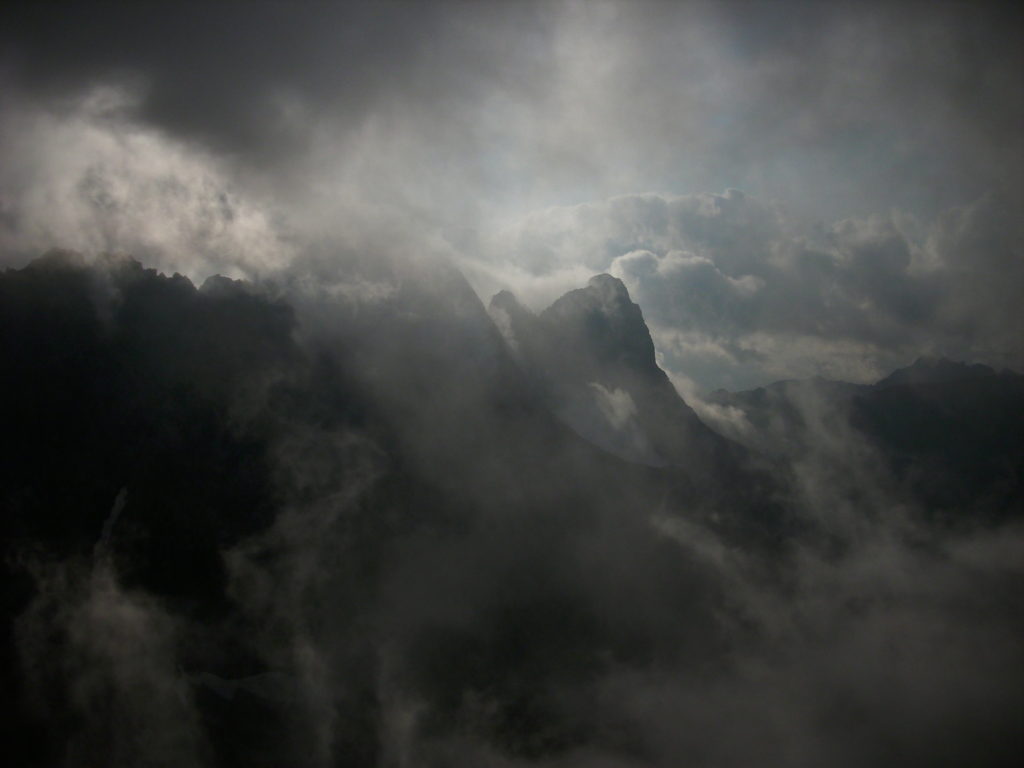
How to behave?
What can we do seeing people stubbornly pushing uphill disregarding the impending cataclysm? Let’s try to convince them, use all arguments, especially if we see that someone forcibly leads up children. They usually have a stronger self-preservation instinct, they are not ashamed to protest, cry that they are afraid. Instead of making fun of them, it’s better to listen to them. We can also offer children that we bring them down, and parents … well, parents may come back if they succeed. And let’s wait for a reaction. In the defense of life, all tricks are allowed, even such blackmail.
It’s no secret, we usually learn about it at school, that lightning usually strikes the most protruding object in the area. A lonely tree, but also a prominent peak or ridge. Therefore, it may happen that in Zakopane there will be no storm, but in the mountains it will be raging – the Tatra Mountains stand out above the city, so they are an easy target for lightning. In the mountains themselves, you must not hide under a tree, and if a storm meets us in the open air, it is best to isolate yourself from the ground with a backpack, crouch and protect your head with your hands. Keep discarding metal parts, do not hold the phone close to your body. It gets wet? No problem. Things in your backpack will be crushed or broken – you will buy new ones. It is not worth caring for items more than for your own life – this is the guiding principle, not only during a storm, and not only in the mountains.
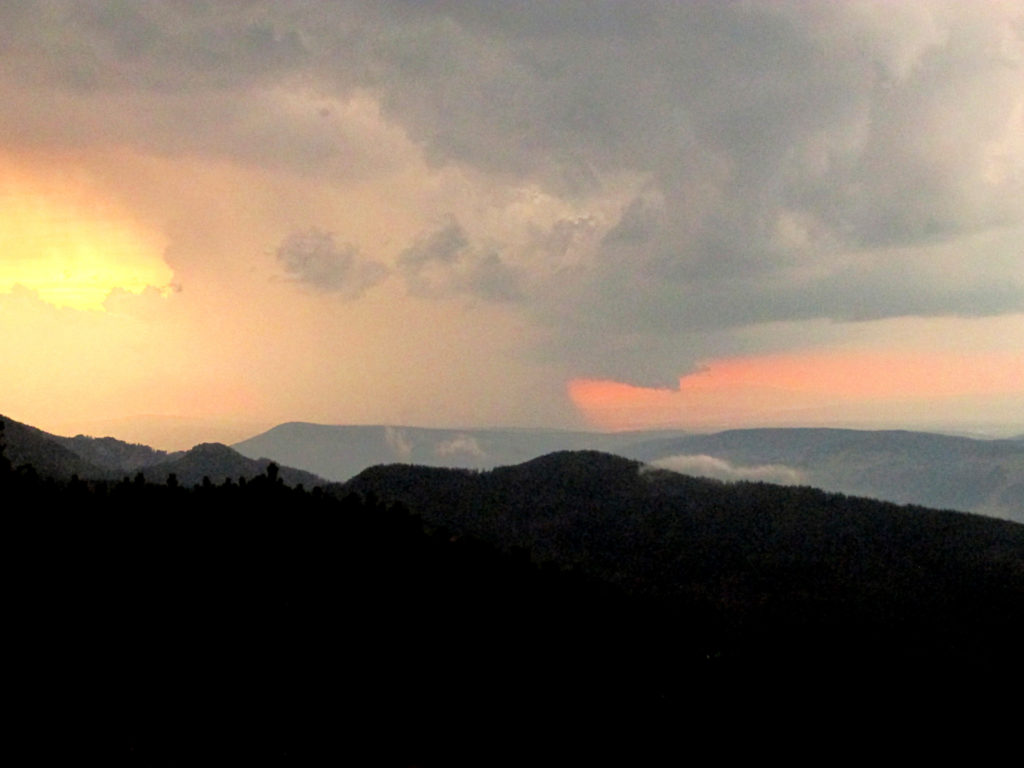
Prevent the tragedy
Misfortunes can also be avoided at much earlier stages. Already at home, checking the weather forecast, both on the day preceding the planned trip and on this morning. Let’s not look at the forecast for Zakopane, but for the Tatra Mountains. Preferably on the TOPR website, weather reports on the TPN website for the current day are published too late, around 9 am, when most tourists are already on the trails. Let’s watch the images from the cameras, stretched in the sky already in the morning clouds looking like a cotton wool should sensitize us to possible rainfall. Similarly the strong wind in the evening usually causes rain. From websites that work well in the mountains and in Zakopane, we can recommend the website zol.pl/pogoda/ providing current detailed data and forecasts, correlated with AccuWeather – it is also a recommendable portal. Other portals as pogodynka.pl, which has its display in the city center – unfortunately very often they don’t have the actual state.
Being in the mountains, we are aware of the lack of internet coverage, but if we manage to catch it, f.ex. in a shelter, before we move towards the ridge, let’s look at storm portals to see if any is coming in our direction during the next hours. Let’s also remember about the time reserve, if we see that the storm is supposed to be f.ex. at 4 p.m., let’s take into account that this is a natural phenomenon, not a Swiss watch and may appear earlier, even at 2 p.m. Or something will happen to us and we will not be able to go down in time calculated with the map. Internet users commenting on the August events in the mountains especially recommended the Blitzortung portal as the most reliable, but we can also use others in Polish, like obserwatorzy.info.
Not much more can be added. By following the principles mentioned above, first and foremost by allowing ourselves to change plans and letting go of unhealthy ambition, we have a great chance of avoiding misfortune. Whether it’s a storm or a trip in the event of avalanche or ice, let’s recalculate what matters more to us. Ambition, adventure or life of ours and our loved ones. We do not want to frighten here, discourage walking in the mountains at all. However, there are a lot of beautiful days in the year, and in the Tatras a lot of safe routes also in more difficult conditions. We do not need in the storm, whether with the avalanche alarm level three go to Orla Perc or the infamous Giewont.
After the August events, there were voices about the need to liquidate the cross on Giewont, because it attracts lightning. Let’s not be afraid, nothing like this will happen, the highlanders will not allow it. It is not the cross that is to blame, but the inability to recognize the threat and make the right decision to retreat. After the storm, the trail was closed for several weeks, lightning literally ripped the chains and crushed the rocks, so you could admire the famous summit only from afar. There were those who tried to get there despite anyway. Even at night after the tragedy, vandals broke into the summit and anointed the cross. It is hard to comment at all, one can only hope that they will be punished for their prank and that most tourists know how to treat with respect the mountains, and important national symbols.
We all wish that such an accident would not happen again.
Anna Markiewicz
